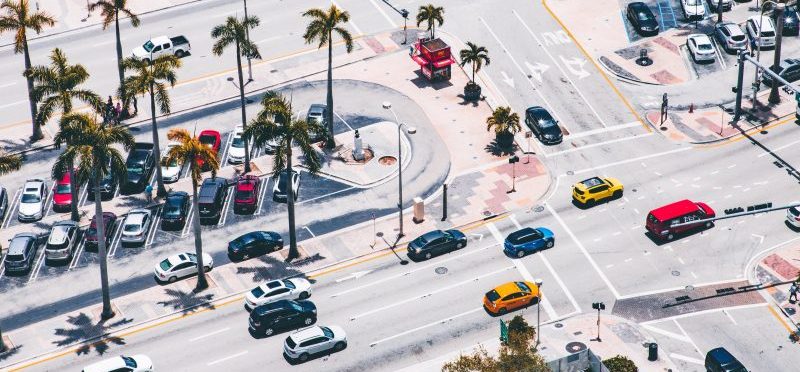In the coming years, handling data for issues such as transportation may look dramatically different for agencies due to the shift from wired to wireless technology in devices such as cell phones.
For example, connected vehicles that collect data from outside sources, such as road-side sensors, navigation systems or other vehicles, are growing in popularity. Autonomous vehicles that drive themselves use even more data and will likely dominate tomorrow’s transit networks.
“The No. 1 requirement for autonomous and connected vehicles is ubiquitous communications,” said Nathan Wade, Strategic Account Manager, Public Sector at Digi, an Internet of Things (IoT) company.
IoT networks contain devices that can collect, exchange and analyze data with one another.
Wade explained three ways agencies can create innovative transit systems using current and emerging communications technology.
1. Create Connected Traffic Networks
Transportation networks cover everything from the roadwork to the vehicles. According to Wade, a major difference between connected and autonomous vehicles is the amount of data they need about every facet of transportation.
“Autonomous vehicles would use a considerable amount more data than connected vehicles,” he said. “With autonomous vehicles, the idea is to eliminate or reduce the driver’s input.”
Subsequently, forward-thinking agencies may need IoT networks that touch every aspect of transportation and related topics. Whether it is maps, traffic flows or weather patterns, agencies may need IoT networks capable of sharing and understanding data everywhere.
2. Refine Reliability
Effective IoT networks are reliable and connect everything. For example, IoT systems that constantly assess traffic lights help agencies best when they are consistently online and accessible. According to Wade, resilient IoT can help agencies create smart communities where data flows freely and consistently.
“If you don’t have 100% uptime, you don’t really have 100% connectivity,” he said. “The more reliable the information you collect, the more informed the decisions you make will be.”
3. Overcome Environmental Obstacles
Every community has unique transit qualities — consider the urban canyons present in large cities such as New York City. Urban canyons are manmade corridors composed of densely packed skyscrapers alongside congested roads. In large population areas, agencies will need IoT networks capable of navigating municipal features such as these. Without location data constantly flowing, the potential for collisions involving connected and autonomous vehicles rises.
Fourth-generation (4G) cellular technology may be sufficient for IoT systems today, but fifth generation (5G) cellular technology will be better suited for autonomous vehicles in the future. 5G technology is faster and boasts more bandwidth than 4G technology.
IoT providers such as Digi can help agencies craft reliable and ubiquitous 4- and 5G networks for their transit needs. The results are transit systems full of connected and autonomous vehicles in any environment.
This article is an excerpt from GovLoop’s recent guide, “Reinventing Government: 20 Innovations for 2020.” Download the full guide here.






Leave a Reply
You must be logged in to post a comment.